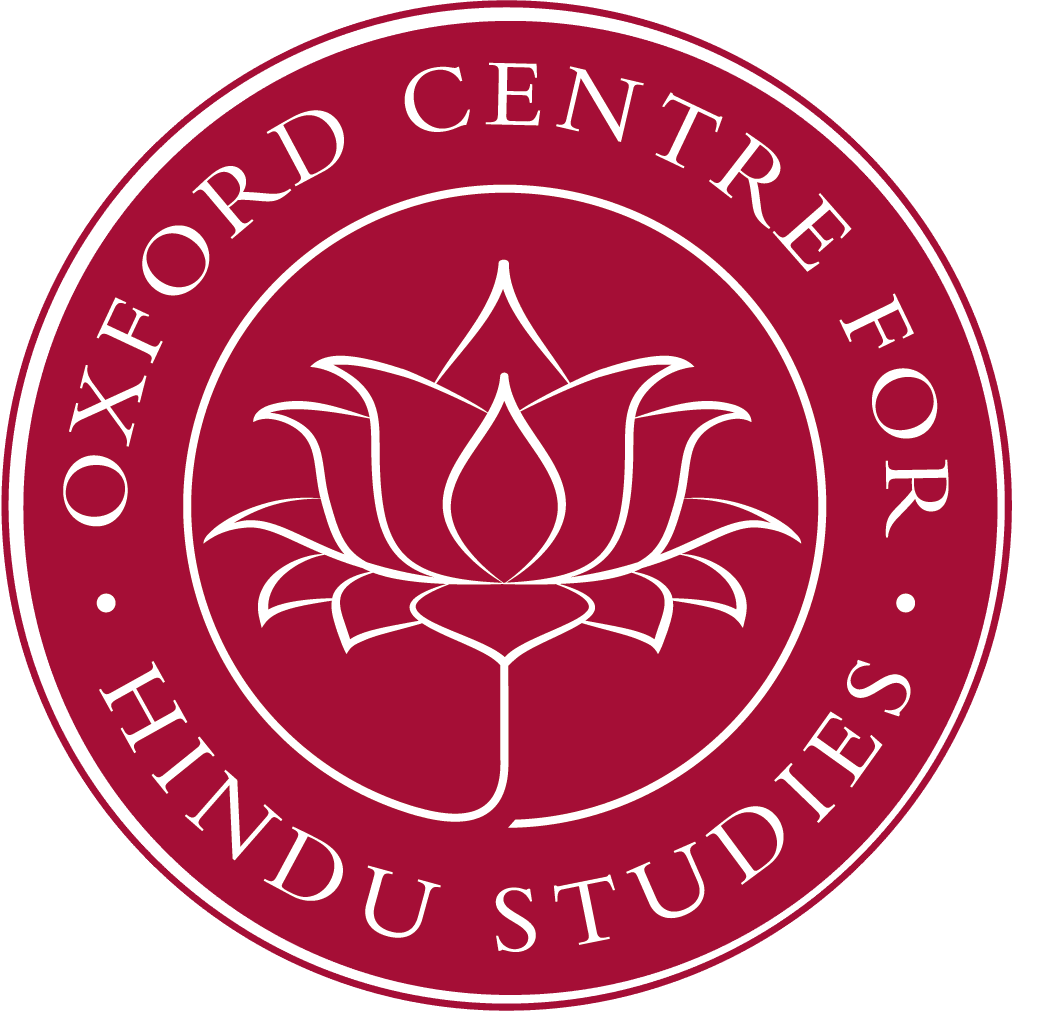These lectures offer a thematic and historical introduction to the sources and early development of ‘Hindu’ traditions from their early formation to the early medieval period. We will explore the formation of Hindu traditions through textual sources, such as the Vedas, Upaniṣads and Bhagavad-gītā, along with the practices and social institutions that formed classical Hindu traditions.
Lecture tag: Hinduism
Hinduism 1: Sources and Formation: Session Three (MT17)
These lectures offer a thematic and historical introduction to the sources and early development of ‘Hindu’ traditions from their early formation to the early medieval period. We will explore the formation of Hindu traditions through textual sources, such as the Vedas, Upaniṣads and Bhagavad-gītā, along with the practices and social institutions that formed classical Hindu traditions.
Hinduism 1: Sources and Formation: Session Two (MT17)
These lectures offer a thematic and historical introduction to the sources and early development of ‘Hindu’ traditions from their early formation to the early medieval period. We will explore the formation of Hindu traditions through textual sources, such as the Vedas, Upaniṣads and Bhagavad-gītā, along with the practices and social institutions that formed classical Hindu traditions.
Hinduism 1: Sources and Formation: Session One (MT17)
These lectures offer a thematic and historical introduction to the sources and early development of ‘Hindu’ traditions from their early formation to the early medieval period. We will explore the formation of Hindu traditions through textual sources, such as the Vedas, Upaniṣads and Bhagavad-gītā, along with the practices and social institutions that formed classical Hindu traditions.
‘The lotus in the mire’: the Indian reception of Tājika astrology (TT17)
Tājika is the designation of the Sanskritized Perso-Arabic astrology that arose as an independent school following the second wave of astrological transmission into India in the early centuries of the second millennium CE. It is thus the form of Indian astrology most closely resembling western medieval and Renaissance astrology, which similarly rests on Arabic foundations. Although ultimately derived from the same Greek origins as classical Indian astrology, Tājika comprises many technical elements not included in the first wave of transmission about a millennium earlier. While the earliest known Tājika works in Sanskrit appear to have been composed by authors who were either Jains or members of the non-Brahmin Prāgvāṭa (Porwad) community encompassing both Jains and Hindus, the most influential of these authors was reinvented as a Brahmin by later Tājika tradition. Not all Brahmins were accepting of the foreign science, however, and many Tājika authors felt the need to defend their study of it by arguments that range from the mythological to the pragmatic. In today’s nationalist climate, where apologetic strategies are once more called for, Tājika is often subsumed under the modern paradigm of ‘Vedic astrology’, its extra-Indian origins largely forgotten, ignored, or even denied.
Dr. Martin Gansten is a Sanskritist and a historian of religion specializing in astrological and divinatory traditions. He received his doctorate from Lund University, Sweden, where he has taught since 1998 and is now docent.
Hinduism 2: Hinduism in History and Society: Session 8 (HT17)
Constructing a theological basis for social engagement during the rule of Jai Singh II in Early Modern North India (HT17)
While the Gauḍīya Vaiṣṇava tradition does not go as far as to reject the practice of ritual (karma) overtly, its early teachers generally forewarn bhakti practitioners of engagement in karma. Consequently, the place of karma, and hence of social responsibilities (varṇāśrama-dharma), in the life of a Gauḍīya Vaiṣṇava is rarely directly discussed in the early phase of the tradition. However, in the early 18th century a wave of texts appear attempting to devise a bridge between bhakti and karma. These texts appear to have been produced as the tradition enters into a dialogue with Jai Singh II (1688-1743) of the Kachvaha dynasty. Jai Singh was concerned that the various schools active in his kingdom endorsed social engagement, in relation to varṇāśrama and karma. In this presentation, I will examine the Karma-vivṛti, a manuscript held in the library of the Maharaja Sawai Man Singh II Museum in Jaipur. The text is an exposition on karma and its its relation to bhakti, written by the chief advisor to Jai Singh, Kṛṣṇadeva Sārvabhauma Bhaṭṭācarya, a prominent Gauḍīya theologian in Jaipur. Kṛṣṇadeva goes to great lengths to endorse karma and thus social engagement, drawing extensively upon the earliest teachers of the tradition, in an attempt to develop a theological and scriptural argument for the compatibility of karma and bhakti.
Sunit Patel is currently pursuing a DPhil in Theology and Religion at the University of Oxford. His reseach interests include the intersection between religious movements and political power, Indian intellectual history, and the early modern world.
Hinduism 2: Modern Hinduism: Session One (HT19)
Beginning with the early medieval period, this paper traces the development of Hinduism in devotional (bhakti) and tantric traditions. The paper examines the development of Śaiva, Śākta, and Vaiṣṇava traditions along with ideas about liberation, ritual, asceticism, yoga and devotion. There will be some exploration of Hinduism and Modernity and there may also be reference to major schools of Hindu philosophy such as Vedānta.
Hinduism 2: Modern Hinduism: Session Two (HT19)
Beginning with the early medieval period, this paper traces the development of Hinduism in devotional (bhakti) and tantric traditions. The paper examines the development of Śaiva, Śākta, and Vaiṣṇava traditions along with ideas about liberation, ritual, asceticism, yoga and devotion. There will be some exploration of Hinduism and Modernity and there may also be reference to major schools of Hindu philosophy such as Vedānta.
Hinduism 2: Modern Hinduism: Session Three (HT19)
Beginning with the early medieval period, this paper traces the development of Hinduism in devotional (bhakti) and tantric traditions. The paper examines the development of Śaiva, Śākta, and Vaiṣṇava traditions along with ideas about liberation, ritual, asceticism, yoga and devotion. There will be some exploration of Hinduism and Modernity and there may also be reference to major schools of Hindu philosophy such as Vedānta.
